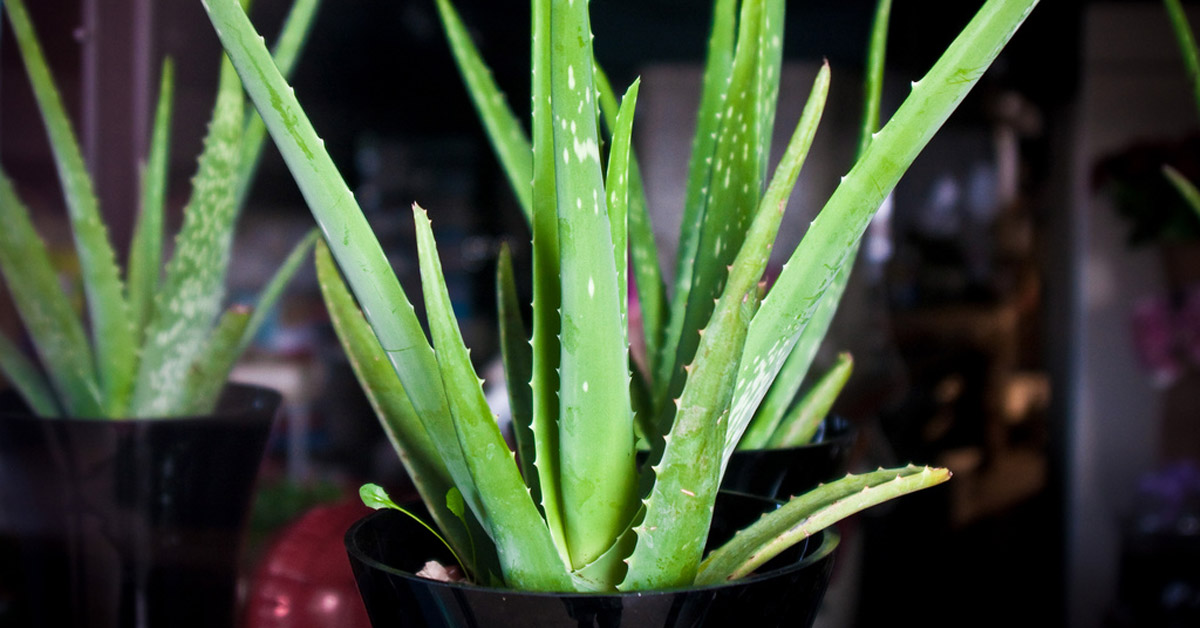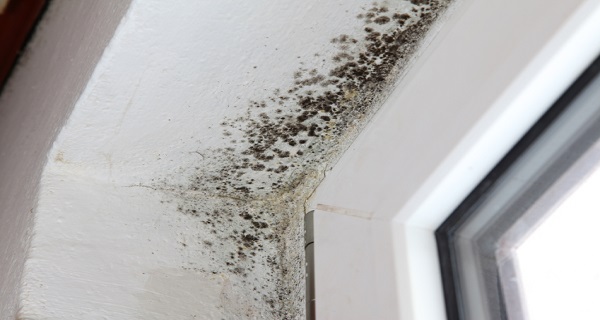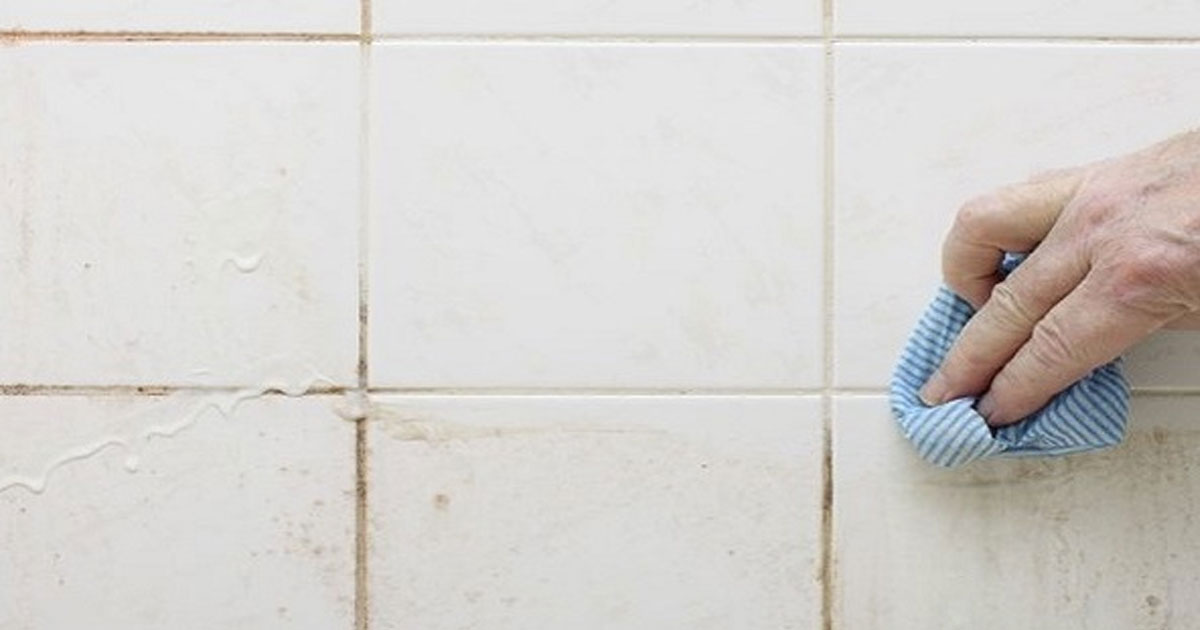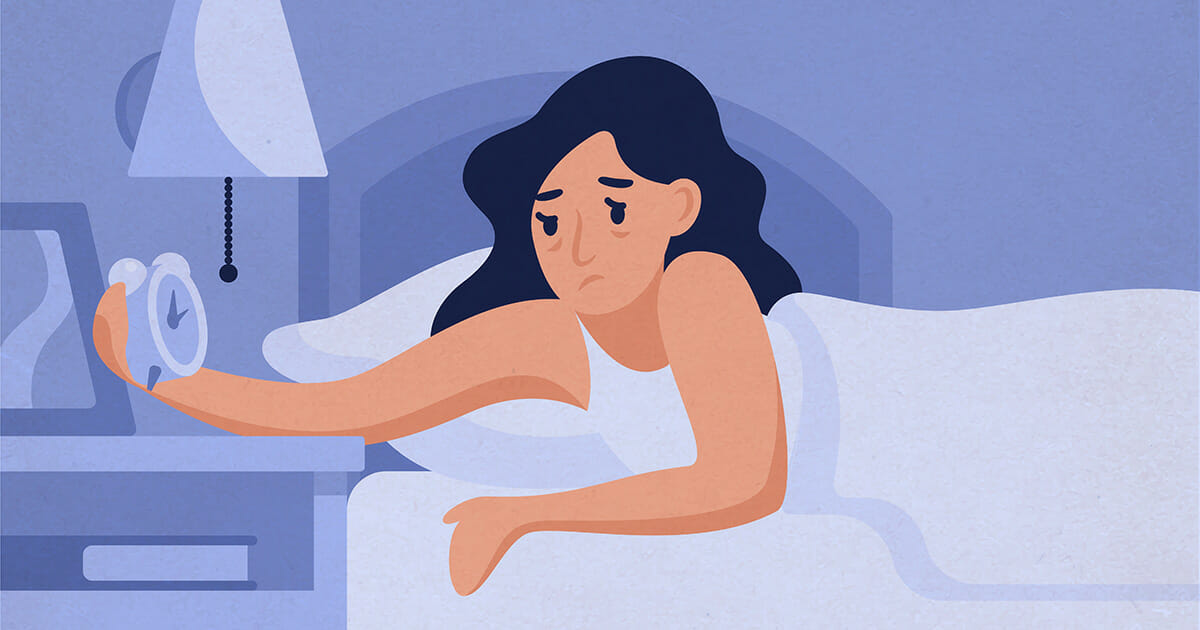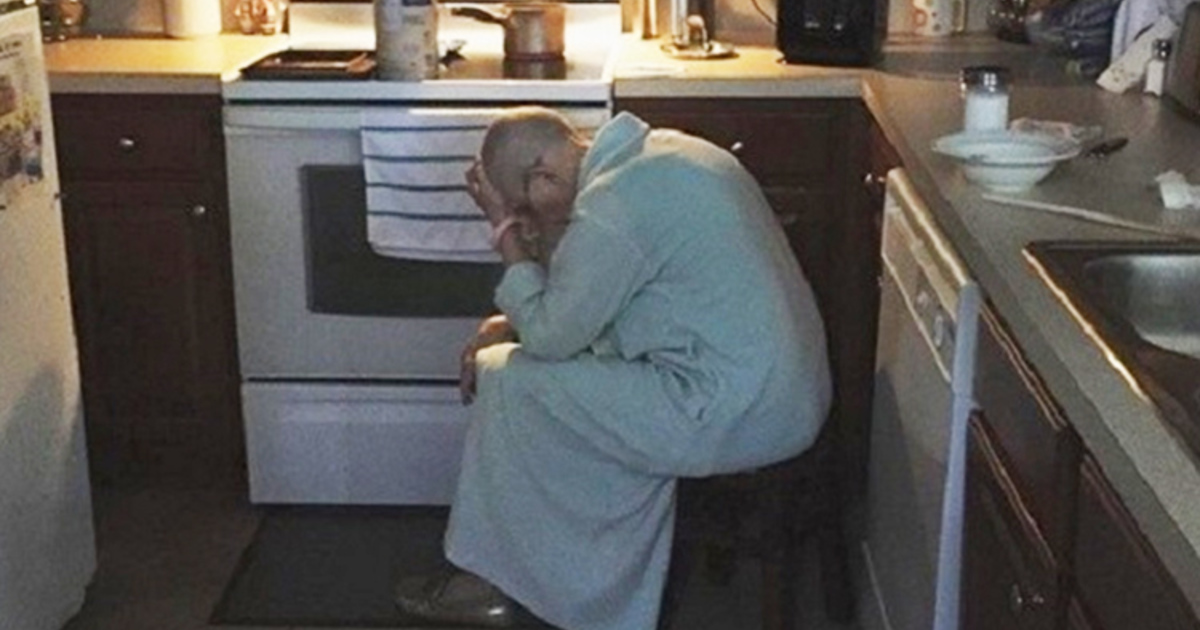Toxic mold: 7 signs in your body and your home that should not be ignored!
|
Owning a home is no easy task.
No matter whether it is big or small, there will always be black corners where all sorts of disgusting things accumulate.
It is realy annoying moving the furniture only to find out how much you need to clean, but it is always advisable to clean this mess from your life.
And sometimes, your health really depends on it, especially if we're talking about mold.
Mold grows on bread if it is left outside for too long, and it may not look like something serious, but the truth is that it can pose a great danger to your health.
On the one hand, Penicillin - an antibiotic that saved countless lives, is made from the same mold that grows on bread, but on the other hand, one type of mold can lead to hallucinations, as theory puts it together, and even led to the famous hysteria that killed 20 people in Salem in 1692.
But there is another type of mold that circulates around your home, causing symptoms not only in your home but also in your body.
It's called the black mold, and it's the worst kind of mold there is. It grows in humid areas, on the way in areas of condensation or water damage, and it is toxic. If you think there is black mold in your home, you should check it out immediately!
But how can you know? Keep reading to find out, and see what you can do to stop it.
How does mold accumulate in the home?
Mold spores enter the house through windows, doors, and other openings, and can also get caught in shoes or clothing.
If there is no standing moisture, nothing will happen, but if there is an area where the moisture has accumulated, the mold will start to grow again.
But not every mold is toxic. If you find a black mold, it is highly recommended to check it immediately.
But sometimes it is not noticed, and then its symptoms are confused with other problems.
So what should you look for?
Allergies, asthma, difficulty breathing
The most common effect of mold is respiratory problems.
Coughing, sneezing, shortness of breath, and a general feeling that you are not breathing properly.
This is what happens when you inhale mold spores.
Allergies and asthma are common problems, and they will occur more often, or they may appear in people who have never had asthma or allergies.
Difficulty remembering and concentrating
Feeling foggy is common when breathing mold spores. This is due to the toxin of the mold, which makes it difficult for the brain to function properly.
Your brain and memory will work less well if your body feels sick and weak as well.
Nausea and vomiting
Mold can affect the digestive system, making you feel nauseous.
Mold affects the body like a poison, but because the symptoms are so common, mold is the last thing people think of when they feel sick or have nausea, which is certainly understandable.
Weakened immune system and chronic illness
The most prominent sign of a mold symptom is when you are sick all the time.
If you notice that you are constantly sick, you probably have mold at home.
It is also important to check for chronic diseases in your children, elderly people, pregnant women, and people with weak immune systems, as the effects of mold can cause many complications in these people.
How to know if there is mold in the house
Steam on the windows
Steam accumulate on the windows from moisture. This is normal, and it happens when it is hotter indoors than outside.
But if you notice fumes on the window when they should not be, it may be a sign of an area of the house where there is an accumulation of moisture and mold growing in it.
Mysterious spots
Mold exposes itself by disgusting black spots in various places around the house.
The most common places where mold is found are on the wall, between the tiles, on the windowsill or on the ceiling.
It can also be found under rugs and wallpaper.
Dirty vent
If you turn on the air conditioner and see a black cloud coming out of it, it may be a sign that there is mold inside. And when it does, it can spread mold spores all over the house and into your lungs.
How to treat mold?
Examination by a professional
If you find mold stains, or smell a musty smell, call a professional.
Different types of mold require different treatments, and only a professional will be able to tell you what you have.
Eliminate any type of mold you see
If you see mold, get rid of it!
When cleaning, wear rubber gloves and a mask to avoid contact and breathing of the mold.
Scrub it with cleaning products and throw the sponge or cloth you use in the trash. Clean everything thoroughly, and throw in the trash anything that suffers from water damage. Read here about an excellent anti-mold treatment.
Vent filters
To treat mold that may be growing in the vents, invest in filters that will prevent the spores from penetrating the house.
This will purify the air quality of the house, and improve your breathing.
Fix pipe leaks
Mold needs moisture to survive, so closing its supply is a wonderful way to get rid of it.
Call a plumber to inspect the house for leaks and repair them as soon as possible.
This will reduce the risk of water damage, which can be just as harmful to the home as mold.
Professional cleaning
Unfortunately, mold sometimes needs the touch of a professional.
If you suffer from a severe case of mold, then you will need a professional to come and scrub your home.
It's not fun, but if you find the mold early, it will save you a lot of trouble in the future - financially as well as health.
Graphic illustrations: Morgan Swofford for LittleThings





